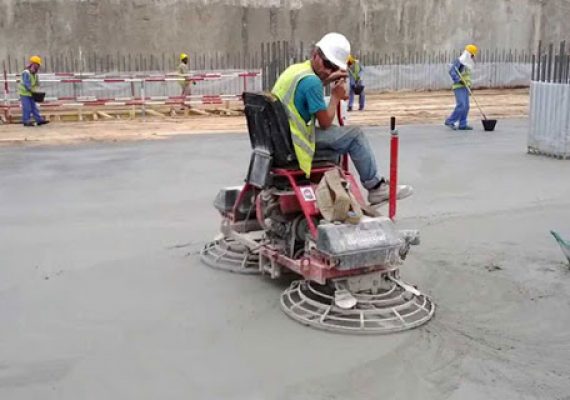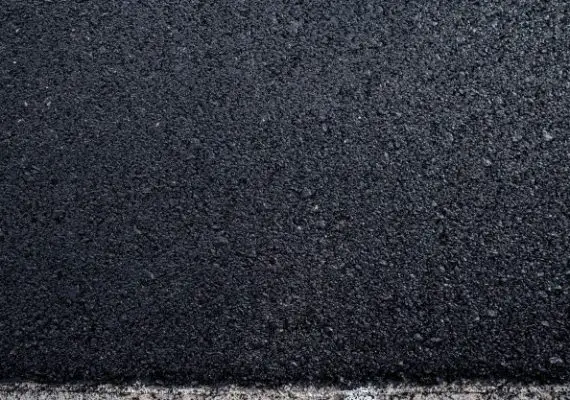What Is Backfill In Construction?
What Is Backfill In Construction?
Backfilling in construction is the process of replacing or reusing soil that has been removed during building construction. This is done to help strengthen and support the structure’s foundation or structural members.
Typically, backfill dirt will be compacted in multiple layers to ensure adequate stability and strength for the structure. The backfill material can also be combined with other materials, such as concrete and asphalt, in order to create a stronger base for the structure.
Backfilling is an important part of the building process, so it should always be done carefully and with precision in order to ensure a safe and secure structure.
What Is The Maximum Distance Between A Backfill & A Concrete Slab?
The maximum acceptable distance between the backfill and a concrete slab should be 1 000mm (1 meter) or less.
This is especially important for housing units where the floor level is no more than 150mm above the finished surface level; in this instance, the foundation beneath the floor is known as a ‘slab on the ground’.
Failing to make sure that this distance between the backfill and concrete slab remains at 1 000mm or less can pose significant issues with regard to building stability and safety.
What Material Is Used For Backfill?
Backfill materials commonly used include soil, sand, gravel, and crushed stone. Depending on the application, they are chosen for their ability to improve drainage around foundations, ensure the stability of the structure, and provide additional strength.
Crushed stone is a popular choice due to its properties, whereas sand and gravel are often used in combination with other materials like cement or asphalt due to their more porous qualities.
Together these materials create a strong bond and make for long-lasting backfill that ensures a solid base for any structure.
What Is The Thickness Of The Backfill Layer?
The thickness of the backfill layer must not exceed 200mm and each layer has to be compacted through mechanical tampers when being laid in place.
Compaction is essential for ensuring that even, stable layers are created for providing proper support and retaining the desired shape. Further, it also aids in preventing future settlement or lateral displacement from occurring due to weathering or seismic activity.
What Are The Factors Affecting Backfilling?
The strength and stability of the backfill material can be affected by many factors, such as characteristics of the binder, solids, and water used as well as their mix rates.
The binder content should be sufficient for effective compaction, as the insufficient binder will lead to poor strength properties. On the other hand, too much binder can cause stiffness issues that reduce the workability of the filling mass.
In addition to suitable mix ratios of ingredients, proper soil compaction is also required to ensure the backfill’s uniformity and stability over time. Therefore, all these factors should be taken into consideration while preparing paste backfill in order to guarantee its effectiveness and integrity.
How Long Should A Foundation Sit Before Backfilling?
Before backfilling your basement foundation, it is important to let the concrete cure for at least a week (for optimal results 28 days is best) in order to avoid any momentary stress that might be placed on the walls.
This will ensure that your foundation is properly set before you begin adding soil and gravel behind it.


